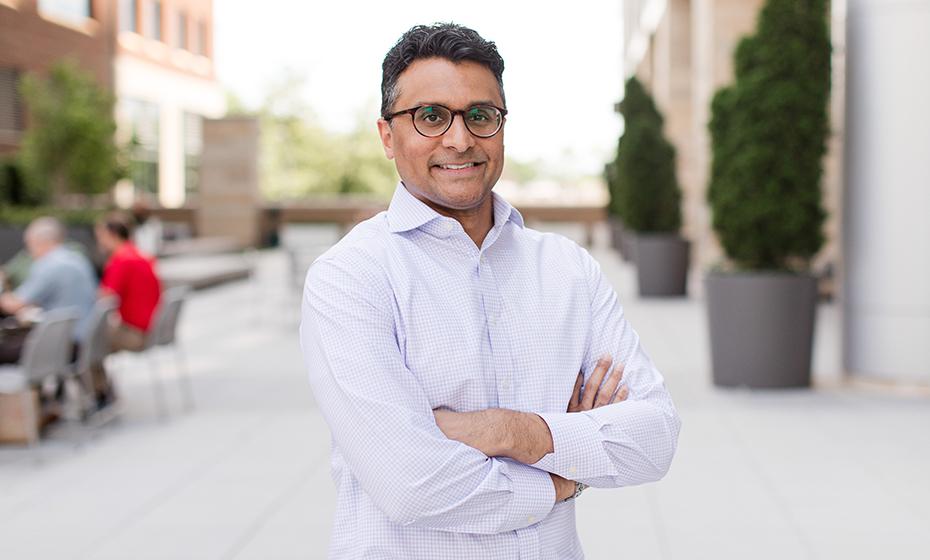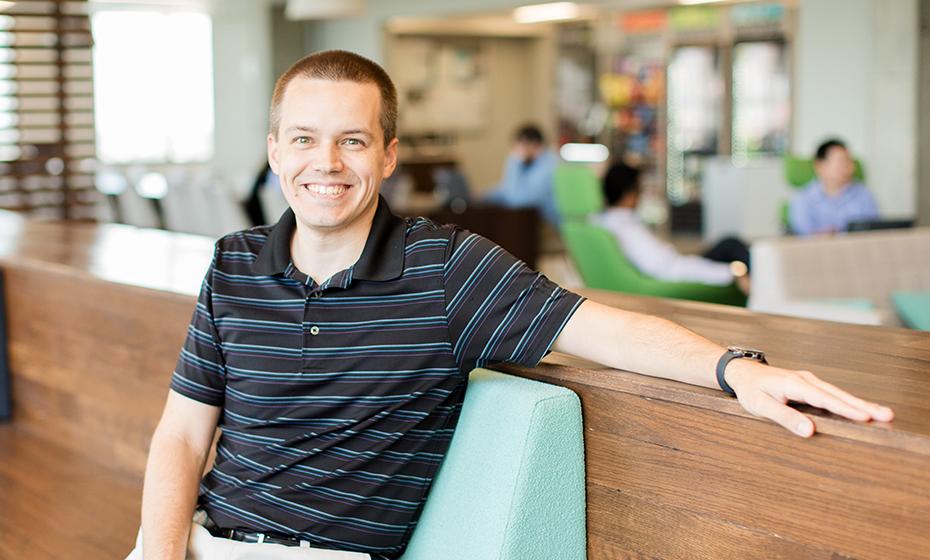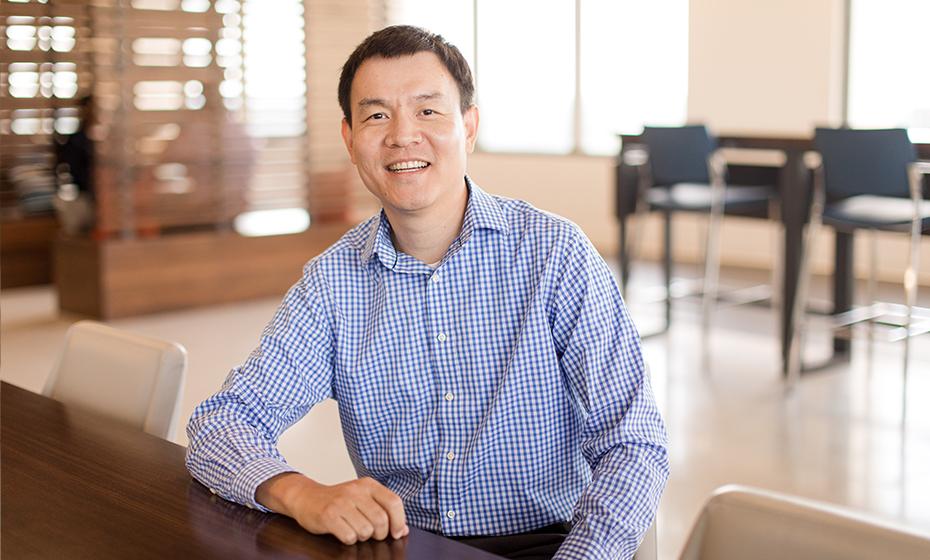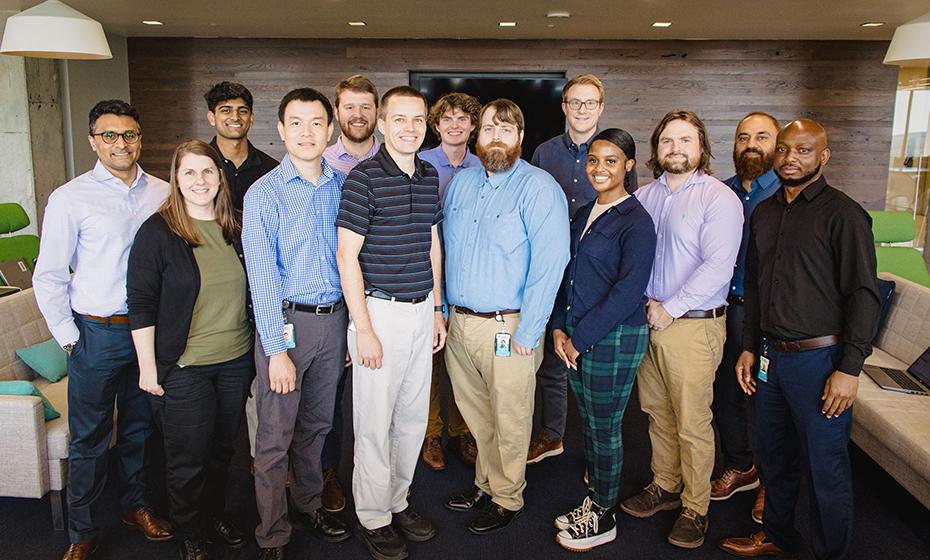Meet the Team Connecting Clean Energy to the Grid
The renewable energy evolution requires feats of logistics and continuous learning. These engineers bring innovation and creativity to move the industry forward.
By Jen McGivney, illumination Contributor
For more than a century, energy flowed in one direction; wires went up, electricity went out, customers were served. That’s changing, quickly. Now, multiple sources of renewable energy – like solar and battery storage – direct power back into the grid, creating multi-way power flows.
Distributed energy is transforming the work of energy utilities. These flexible energy generation and storage technologies provide energy when customers need it most. And they support the two-way power flow needed to expand cleaner energy options, while enabling grid improvements that enhance reliability for customers.
“The folks who work in the energy industry today have seen more change in the last few decades than the industry’s seen in the last 150 years,” said Jason Handley, general manager of Duke Energy’s Distributed Energy Group. “We’re evolving as a utility and as a country as we have more renewable energy on our grid.”
Before a utility can achieve the renewable dream, however, it must overcome a logistical nightmare. If the wrong kind of project connects to the grid, it could compromise the reliability of the entire grid. This creates a tough balance: How can a utility move at the speed of innovation while maintaining the pace of reliability?
Duke Energy aimed to answer that question in 2018 when it formed the Distributed Generation (DG) team. Led by Director of Interconnection Neil Bhagat, the DG team devises strategies and processes to connect renewable energy projects to the grid.
“We built this from the ground up,” Bhagat said. “It was exciting, having a start-up environment backed by a company like Duke Energy, while putting together a team that is passionate about the energy transition.”
Assembling a ‘sophisticated puzzle’
Interconnection is the complex process of connecting new electricity generators – like wind, solar and energy storage – to the electric grid.
To help maintain the safety, reliability and power quality of the electric power system, all utility-connected distributed energy projects must undergo a series of impact studies before they can be built. This process establishes what new transmission equipment or upgrades may be needed before a project can safely and reliably connect to the system.
As projects wait to be considered, they go into what’s known as an interconnection queue. Initially, several Duke Energy planning engineers handled these tasks along with their usual work. But as North Carolina and dozens of other U.S. states began passing distributed energy incentives, the number of projects in the queue grew dramatically.
So, the company brought together an in-house team of innovative engineers – the DG team – to improve the interconnection process and help connect more clean energy to the grid.
Expanding renewables is critically important as Duke Energy looks to retire its remaining coal-fired facilities, while also preparing to meet an extraordinary increase in demand for electricity. To maintain reliability for customers, the company has proposed significant investments in cleaner generation, including thousands of megawatts of zero-carbon solar and a lot more battery energy storage, devices that enable renewable energy to be stored, then released when demand for electricity is high.
“As the company executes its clean energy transition, it is assembling a sophisticated puzzle,” said Katherine Neebe, Duke Energy’s chief sustainability officer. “Each piece – energy generation and storage, grid modernization, supporting communities and working with various stakeholders, multiskilling employees and reducing carbon emissions – is essential. It’s about finding the perfect fit for each piece to create a final picture that reveals a landscape of sustainable and interconnected solutions.”
Meeting a growing demand for renewable energy
Today, the DG team is comprised of distributed energy resource thought leaders, as well as recent graduates with fresh ideas. All team members share two important traits: comfort with uncertainty and creativity with solutions. They continuously elevate their skills to solve challenges that didn’t exist a few years ago — and that keep changing as renewable technology evolves.
“The type of work we do is not, ‘Come in, open a book, and follow the same 10 to 12 steps every day. Repeat, repeat, repeat,’” said Trent Miller, the team’s lead engineer. “Here, we come in to see what today's challenge is. What’s new to learn today? We’re changing from one week to the next.”
Duke Energy’s microgrid in Hot Springs, N.C., is one of the first major projects they studied. Comprised of a 4.4-megawatt (MW) battery storage facility and a 2-MW (AC) solar facility, the advanced microgrid can power the entire town of Hot Springs during an outage, improving reliability for customers.
New answer for an old problem
When the DG team formed, its first challenge was a daunting one. Duke Energy, like other utilities around the country, faced a queue of hundreds of renewable projects, all awaiting a lengthy review process.
This encouraged Duke Energy to reform the interconnection process. Distributed Generation went from studying projects individually to studying them in “clusters,” a process that significantly reduced interconnection queue wait times.
“That doesn't mean they all came to fruition, or that they connected to the grid, but we found a way to move them through the queue,” Bhagat said. “Projects can drop out of the interconnection process for several reasons – for example, the upgrade costs could be much higher than they had expected."
The team also found new ways to use modeling software to predict how potential projects may impact the grid. This became an efficient way to foresee potential disturbances and to make necessary adjustments to projects.
“This is a much more reliable and repeatable process,” Handley said, “and it provides certainty – not only for Duke Energy, but for our third-party customers who want to connect to the grid.”
‘A utility of the future’
With these new processes in place, the DG team looks to embrace the next advancements and emerging technologies that will help Duke Energy reach net-zero carbon emissions by 2050.
“Every day is a new day with different challenges. Now our focus is on energy storage and microgrids,” said Kevin Chen, team manager. “The feeling that our team has helped the company, as well as the industry, reach a new place makes me proud of my team members.”
“We’re turning into a utility of the future,” Miller added, “and we’ve gotten to be right there when it happened.”
View original content here.







